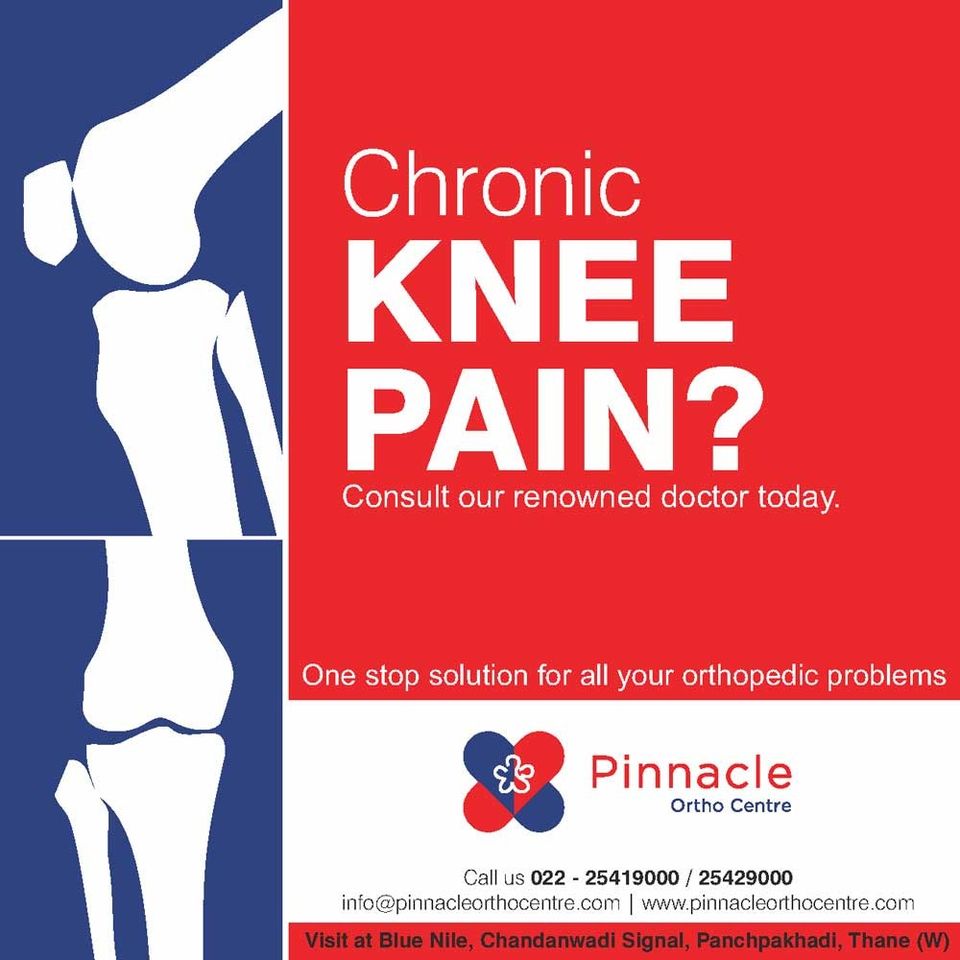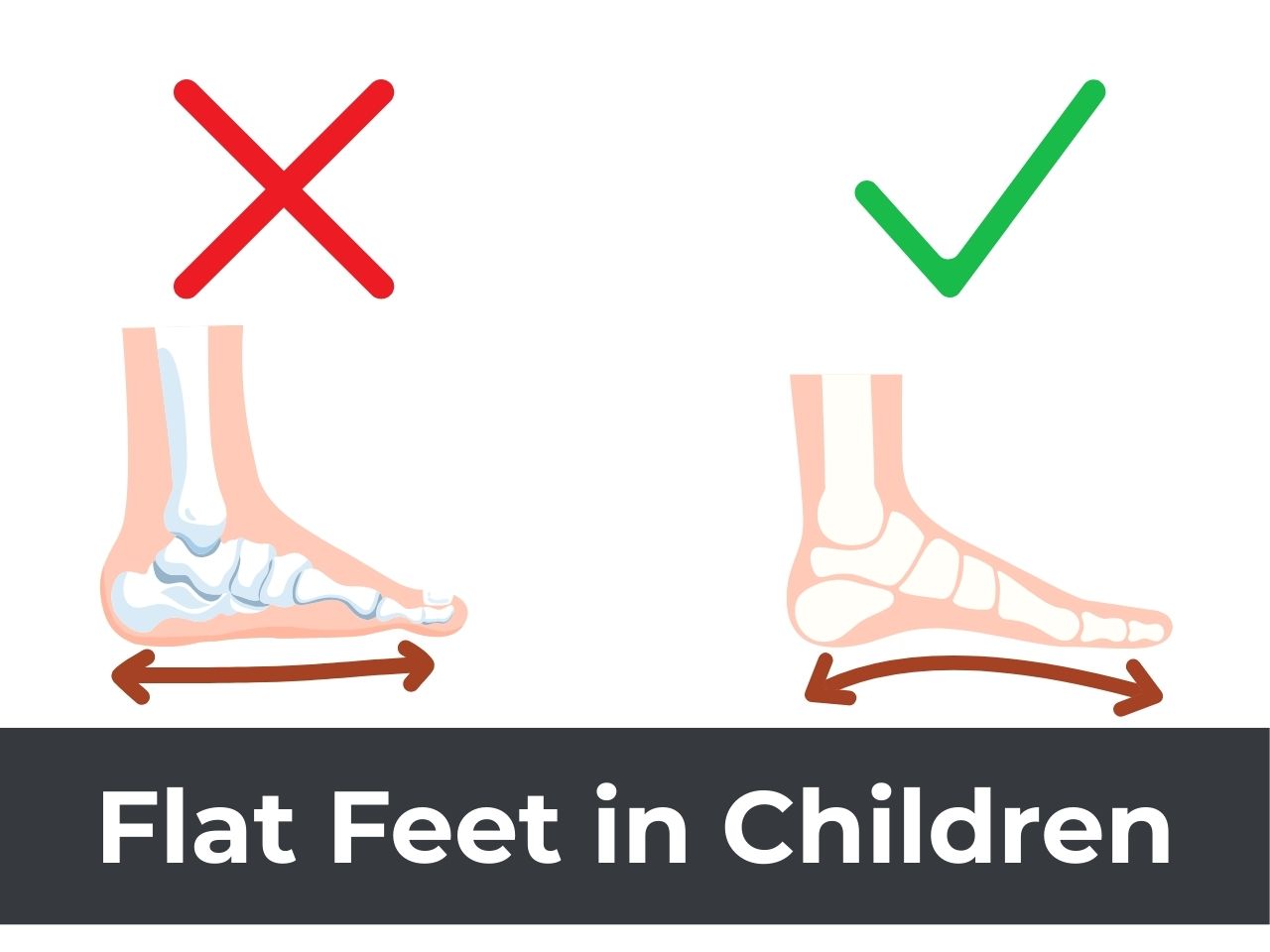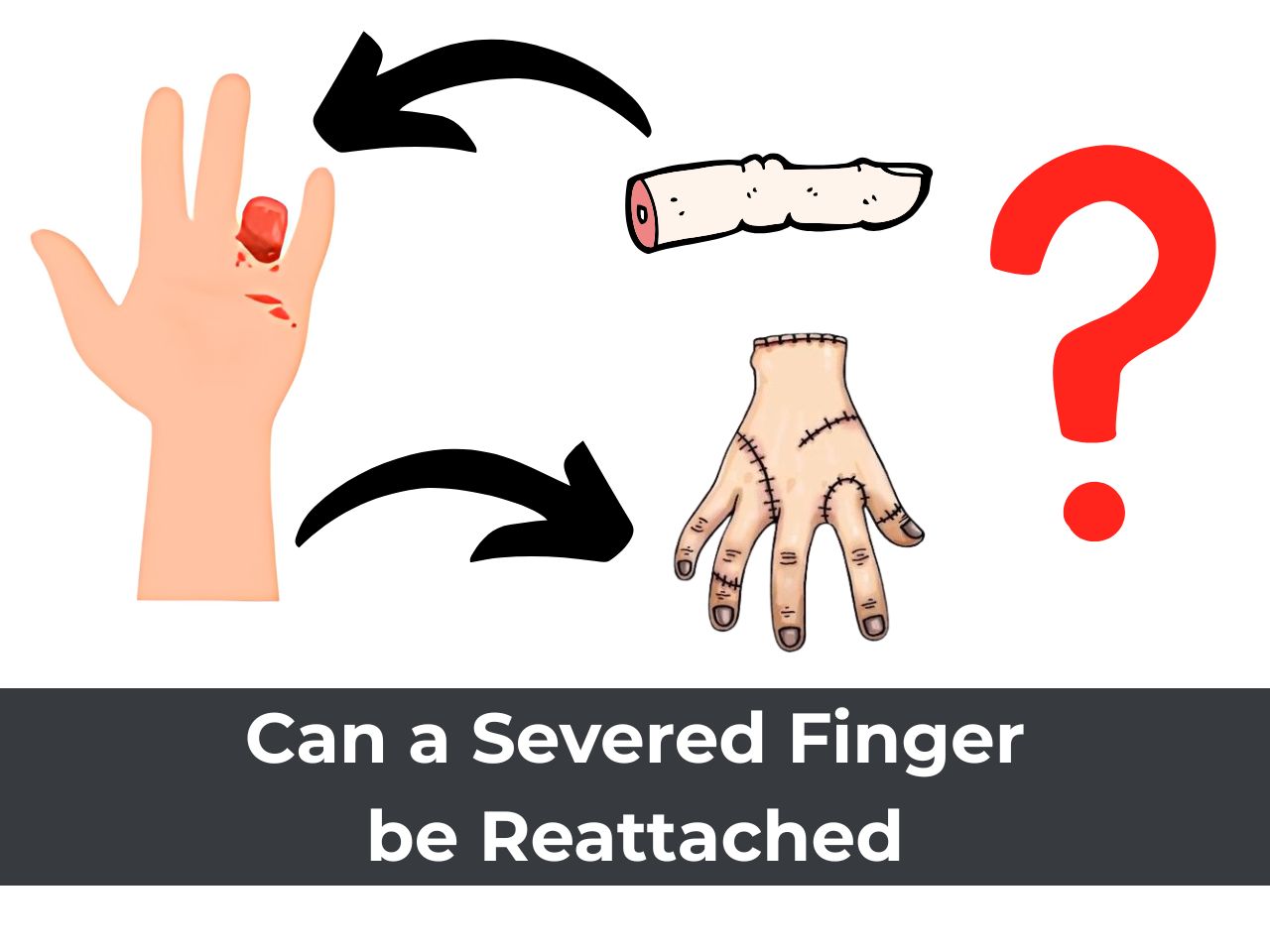
Any patient who undergoes a Total Knee Replacement Surgery has to remember that the artificial joint that is implanted in the patient’s body has to last his or her lifetime. One has to take extreme care and precautions to avoid any trauma or injury to the implanted joint. Any fracture around the implanted joint is a challenge to treat and sometimes may require revising the joint.
At all costs one has to avoid any high impact activities or sports like badminton or basketball that involve jumping, running or pounding activities of the knee which may damage the plastic liner or may cause loosening of the implant.
One can indulge in low impact activities like walking, stair climbing, golf or even cycling. Many patients develop full knee range of movement after surgery and are even able to squat or sit cross legged after surgery. No matter what hype and promises that surround the knee replacement about sitting cross-legged and deep squatting one has to avoid at all costs as it may cause the wear and tear and loosening of the prosthetic joint requiring early revision.
Another important thing to be borne in mind is while undergoing any form of dental procedures after knee replacement. Any dental procedures produce a bacteremia causing the bacteria from the dental cavities to enter the blood stream and may potentially lodge over the artificial joint producing a Biofilm. This kind of secondary infections are extremely resistant to antibiotics and may require a Single or Two Stage Revision Surgery. One has to inform the Dentist about the implant in the body so that appropriate antibiotic prophylaxis can be given during the perioperative period to prevent infection.
Another word of caution in patients undergoing an MRI scan. one has to remember that the total knee replacement implant is a metal that can interfere with the MRI study by producing artifacts. However, if the MRI to be performed is away from the knee such as the brain or spine then it can be safely done. Newer sequences like MARS [Metal Artifact Subtraction Sequence] can enable the MRI to be performed even with a metallic implant in the area of interest.






0 Comments